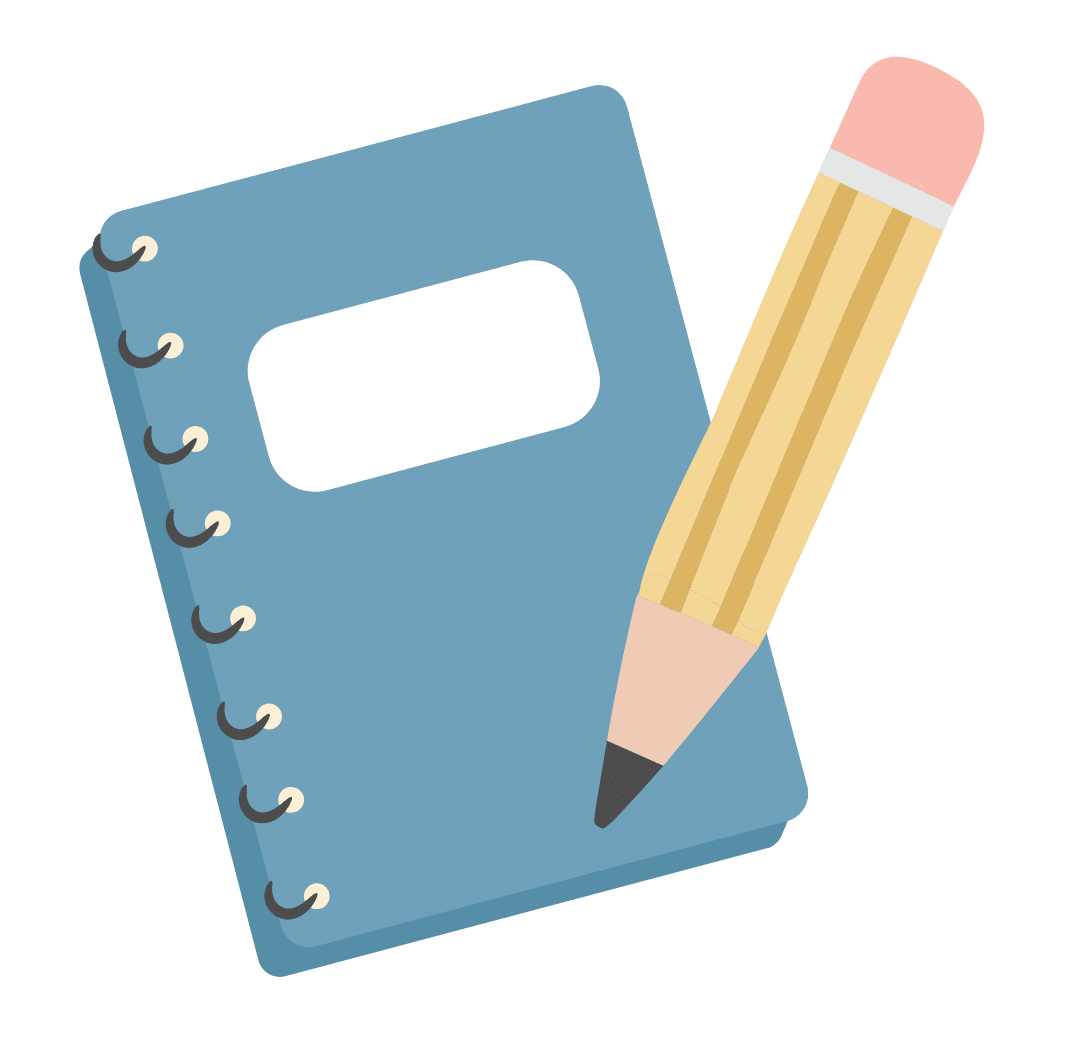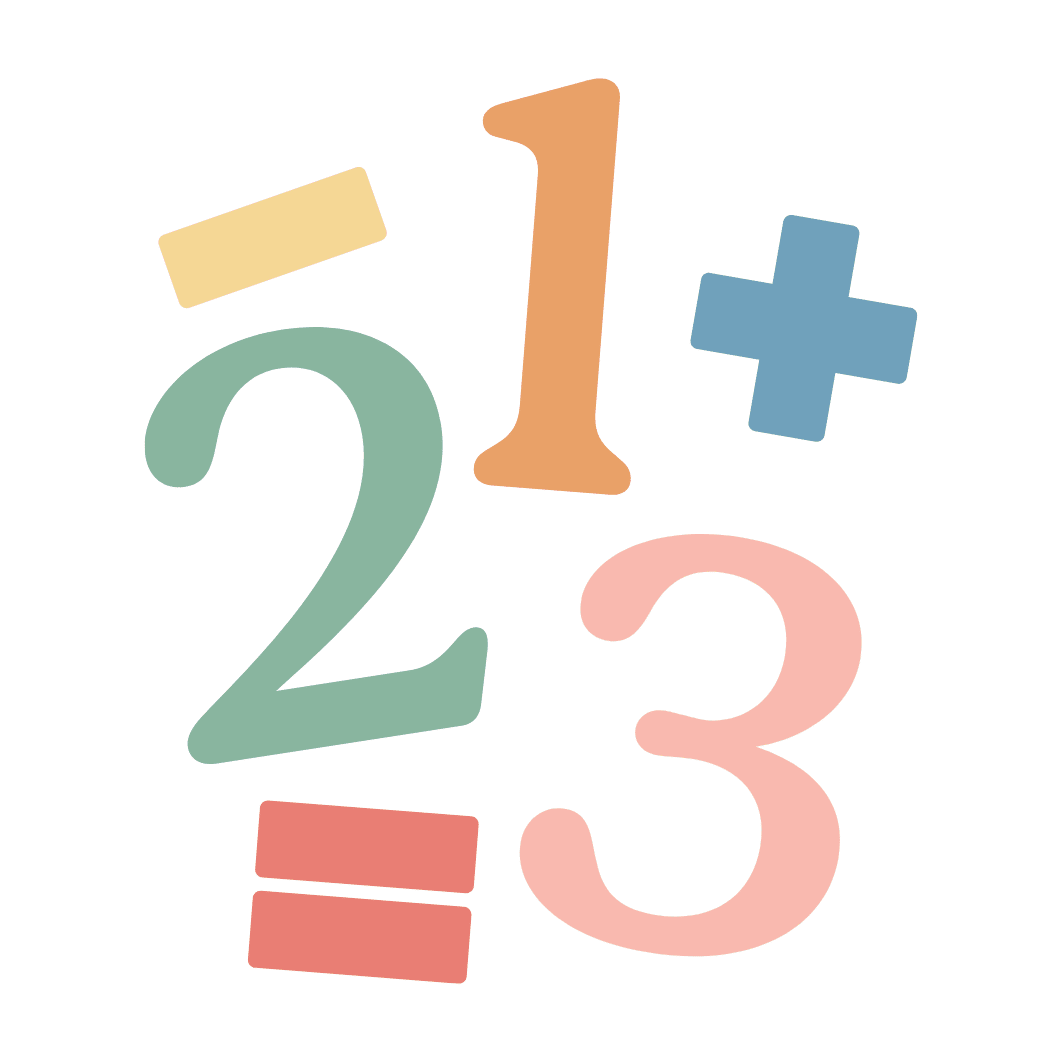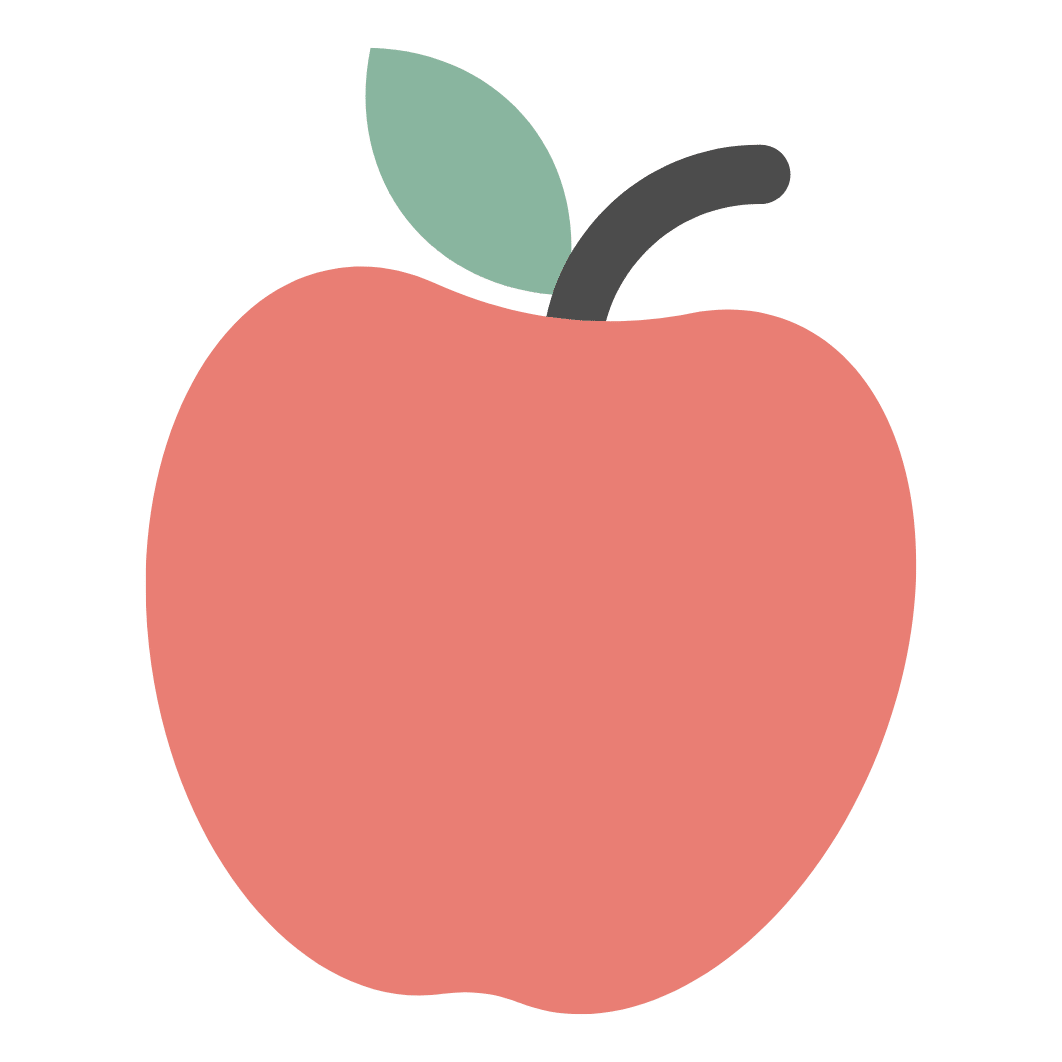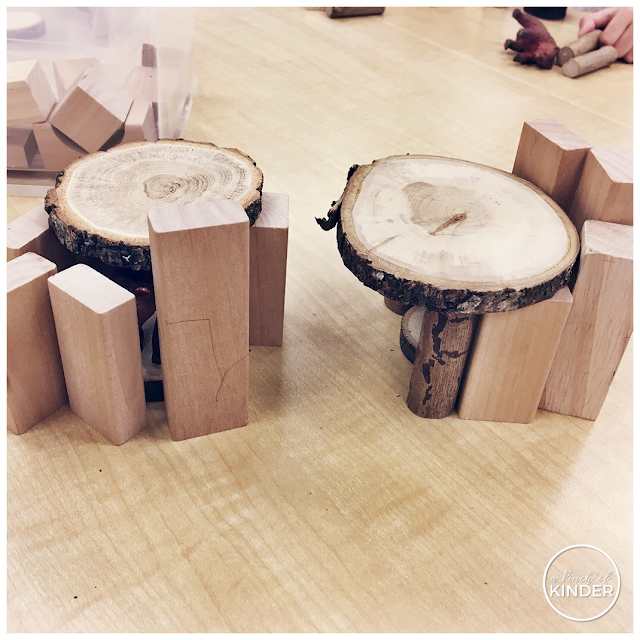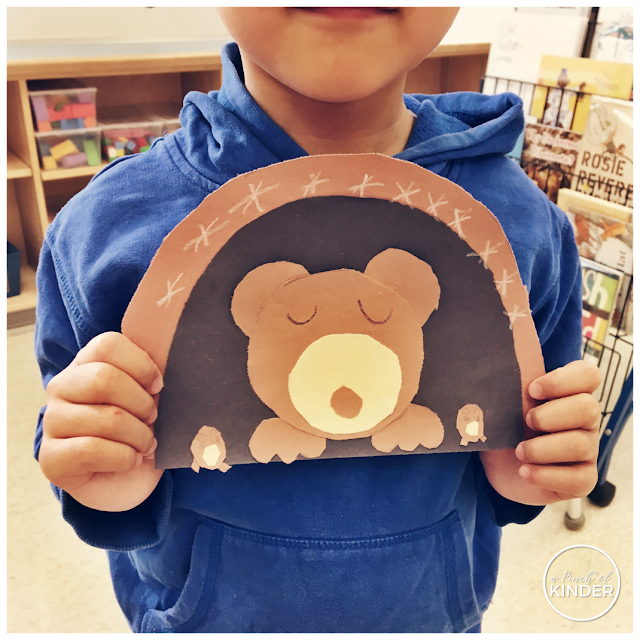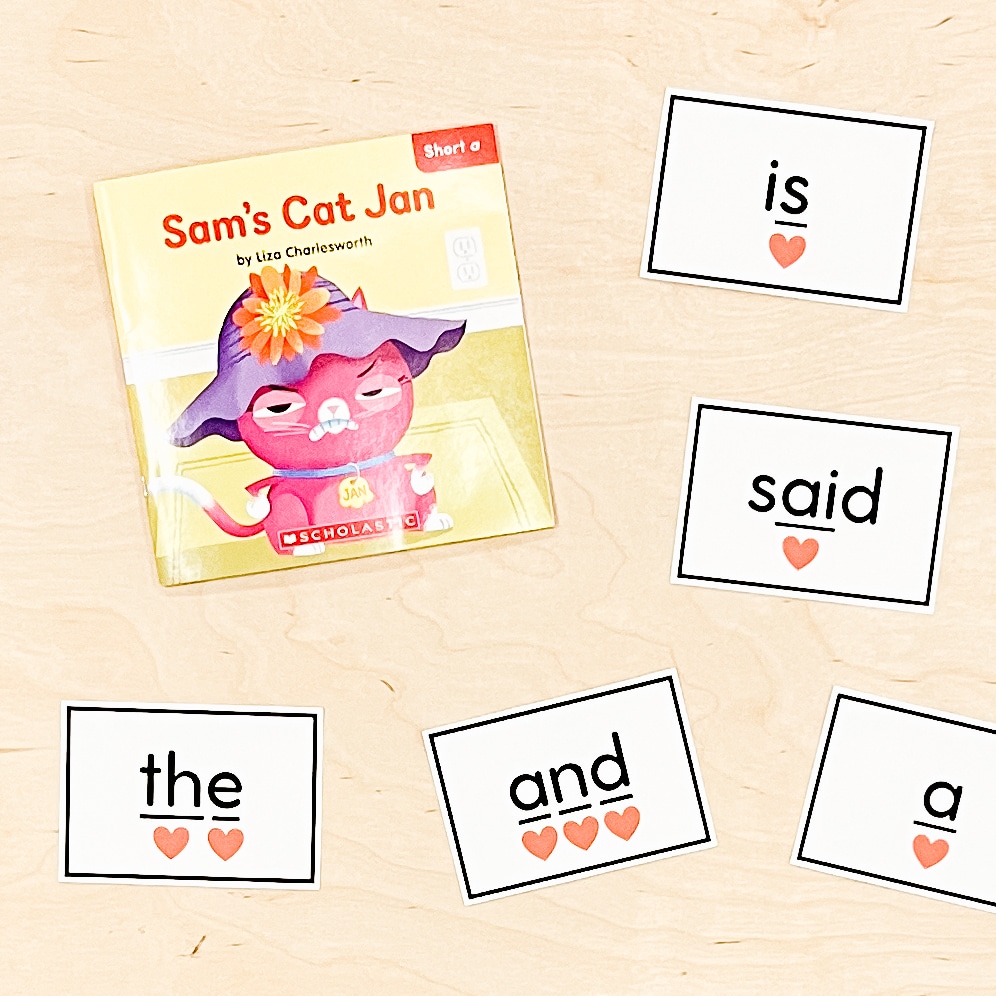Inquiry: Animals in Winter – Part 1 – Hibernation
I’ve had lots of requests to share more about how I foster inquiry in our classroom, so I’m here to share some information about our current inquiry, animals in winter!
We started with inquiry brainstorm time. We do these when we wrap up our last inquiry and we are looking for new topics to investigate. I ask the students what they are wondering about/want to learn about and they can tell me anything they want. I usually record it by typing it into a word document and I have it projected on to the screen so the kids can watch and follow along as their question get’s typed up into the list. I can also type must faster than I can write on chart paper so it’s less waiting for the kids.
After they kids give me all of their questions I go back during my prep or after school and group them into similar categories. Then I pick the category that generated the most interest.
This month we had a lot of kids asking where animals go when it’s cold (or in their words “freezing”) outside. In particular they were wondering about birds, turtles, worms, butterflies, hyenas, coyotes and foxes. So I decided to plan some lessons around hibernation, migration and weather/climate in various habitats.
First I started with hibernation. On the first day we read the book “Why Do Animals Hibernate?” by David Martin. This is a great simple book that explains what hibernate means, why animals hibernate, which animals hibernate and where they hibernate.
At the teacher table I had one student come and find the page where hibernation was defined and copy the sentence to add to our inquiry board. This works on reading to find important information in non-fiction texts. You can see it on the bulletin board picture at the bottom of the blog post.
For centre time, I put together this little den building centre! The prompt was “Can you build a den for the bears to hibernate in?”
As they were building we talked about what would make a good den (e.g. has a covering at the top so the snow doesn’t get in, has a small hole at the front of the den so the bear can get in and out but not too big so that we can minimize the cold air coming in etc.) There prompts really helped the kids think about their design for the dens! They loved this building challenge!
On the second day, we read the book “Sleep Black Bear, Sleep” by Jane Yolen to learn more about which animals hibernate. Then we wrote down the animals that hibernate on chart paper. During centre time students who wanted to came to the teacher table and used the chart we co-created whole group to write about animals that hibernate. You can see some of their writing on the bulletin board near the bottom of this post.
Next morning, we had a hibernating bear craft available at centre time. I saw this idea on Primary Press and knew we had to do it too. My kids love craft activities so I just put some tracers (always optional) and black, brown and beige construction paper and let them get to work! I didn’t provide any instructions, just a sample for them to look at. Some students followed my sample, some didn’t and I think they all turned out great 🙂
I also encouraged them to either trace the sentence “Bears hibernate in the winter” or use the sheet with blank lines to write their own hibernation sentence.
One of my girls wrote her own sentence “The baby bear is hibernating.” (Bottom left on the bulletin board photo near the bottom of this post).
If you can use the hibernation writing strip or the blank writing strip, you can download it for free by clicking here or on the image below:
Here’s one that one of my kiddos made. He said he made a mama bear sleeping in a den with her two baby bears! I love that he added the cubs on his own!
And here is the beginning of our animals in winter inquiry board!
The inqury writing papers and mini checklists can be found in my “Inquiry Writing Templates for Kindergarten” pack on TPT. You can click here or on the image below if you are interested!
Here is a photo of our bookshelf with all of our hibernation books! We didn’t read them all but the two I read to them that were mentioned in this post are pictured. Students are welcome to read these during centre time. I pulled from my own collection, my school librarian pulled some for me (love her) and I got some from my local public library.
We’ve moved on to migration and we’ll probably be working on learning about migration for one more week. I’ll be posting about migration once we wrap up as part 2 of this post!
– Yukari


